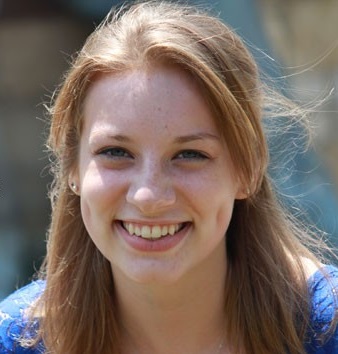Celebration of Scholars
Dye Modified Virus-Based Nanoplatforms for Cancer Imaging and Advanced Therapeutics
 Name:
Maxwell Machurick
Name:
Maxwell Machurick
Major: Biology
Hometown: Milwaukee, WI
Faculty Sponsor:
Other Sponsors:
Type of research: SURE
Funding: SURE
 Name:
Maxwell Machurick
Name:
Maxwell Machurick
Major: Biology
Hometown: Kaukauna, WI
Faculty Sponsor:
Other Sponsors:
Type of research: SURE
Funding: SURE
Abstract
Cancer is a lethal disease characterized by uncontrolled, abnormal cell growth and proliferation. Current cancer treatments, such as chemotherapy, are non-specific and destroy healthy cells along with the cancerous cells. Chemically modified viral nanoparticles (VNPs) have the potential to be used as improved cancer therapeutics. VNPs can be chemically modified to specifically target cancer cells and deliver pharmaceutics to kill tumor cells with limited access to healthy tissue. VNPs can also be used as diagnostic tools in identifying the presence of cancer earlier though internalization studies identifying the uptake of VNPs into cancer specific cells. The goal of this project was to covalently attach fluorescein succinimidyl ester dyes (FITC) to cowpea mosaic virus (CPMV), confirm bioconjugation, and determine the amount of attached dyes per virus capsid. Unattached dyes were cleansed from solution through dialysis, and intact capsids were isolated using size exclusion chromatography. Bioconjugation was confirmed through spectrophotometry, fast performance liquid chromatography (FPLC), and SDS-PAGE. Using absorbance spectra, the amount of dyes per virus was calculated to be 175 FITC dyes per CPMV capsid. These modified VNPs have the potential to be used as a cancer diagnostic tool through fluorescent imaging of internalized VNPs within cancer cells. Further attachment studies will bioconjugate transferrin molecules to the terminal end of PEG linkers. Since cancerous cells express more transferrin receptors than normal cells, VNPs modified with transferrin can be more readily internalized by cancer cells. Internalization studies with HeLa cells, an aggressive cervical cancer cell line, will be used for fluorescent cancer cell imaging and possible testing of therapeutic delivery.
Submit date: March 14, 2013, 11:37 a.m.
